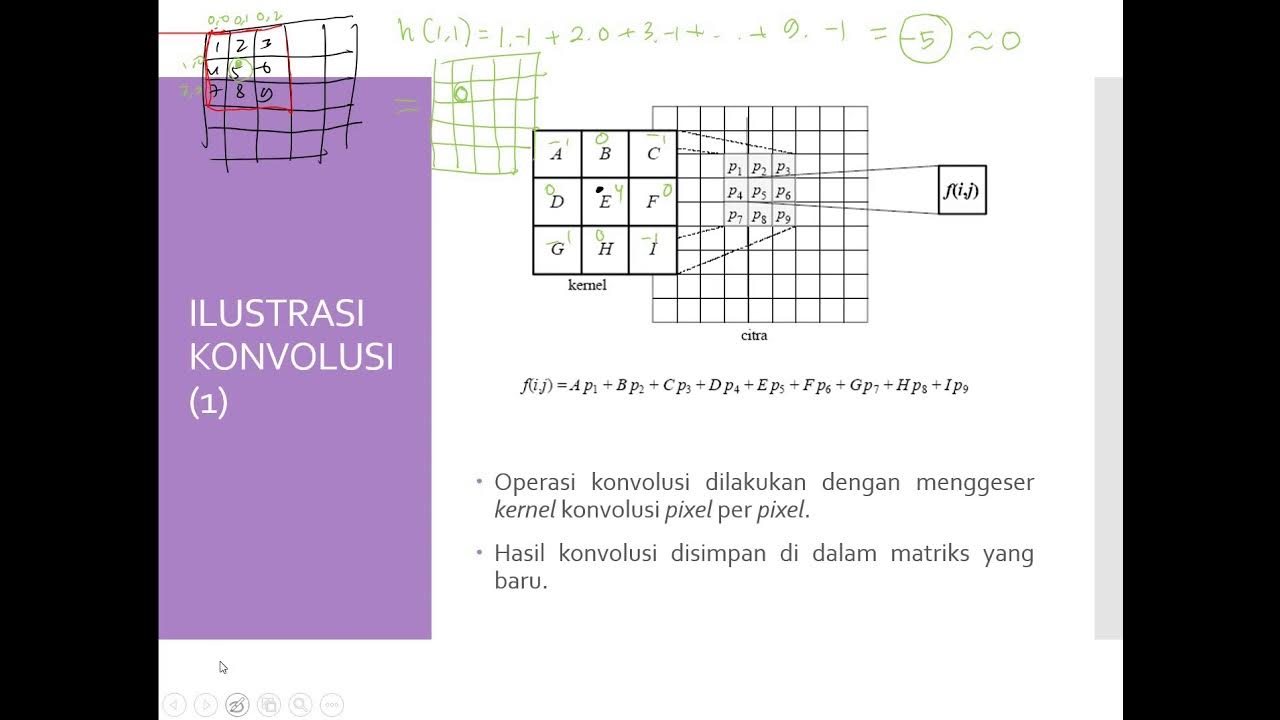How Photocopiers Work
Summary
TLDRXerography is a process based on the principle that certain materials can hold an electrostatic imprint of a brightly lit image. In a copier, light bounces off a document, creating an electrostatic charge on a drum coated with special material. As the drum rotates, toner particles are attracted to the charged areas, forming a mirror image of the document. The toner is then transferred to paper using a heat roller, completing the reproduction of the original image.
Takeaways
- 😀 Xerography is based on the principle that certain materials can hold an electrostatic imprint of a brightly lit image.
- 😀 In a copier, light is reflected from the document, passed through a lens, and projected onto a specially coated drum.
- 😀 The coating on the drum becomes electrostatically charged with a mirror image of the document.
- 😀 As the drum rotates, toner particles are attracted to the charged areas that match the image on the document.
- 😀 Toner is made up of fine black particles that adhere to the electrostatically charged parts of the drum.
- 😀 The toner from the drum is transferred to paper as it rolls over the drum.
- 😀 A heat roller melts the toner and fuses it onto the paper to create the final copy.
- 😀 The process reproduces the original image onto the copy paper through the combination of electrostatic charge and toner.
- 😀 The toner particles are the key material that forms the print on the paper in xerography.
- 😀 The electrostatic imprint on the drum is a mirror image of the original document, which is essential for accurate reproduction.
- 😀 The final printed image on paper is a direct result of the interaction between light, electrostatic charges, and toner particles.
Q & A
What is the basic principle behind xerography?
-Xerography is based on the principle that a material can retain an electrostatic imprint of a brightly lit image when exposed to light.
How does a copier use light in the xerographic process?
-In a copier, a bright light is bounced off the document, through a lens, and onto a specially coated drum.
What happens to the drum's coating when the light hits it?
-The coating on the drum becomes electrostatically charged with a mirror image of the document.
What is the role of toner in the xerographic process?
-Toner, consisting of fine black particles, is attracted to the charged areas on the drum, which correspond to the image of the document.
What happens when the charged areas on the drum come into contact with paper?
-As the copy paper rolls over the drum, the toner is transferred onto the paper in the same areas that would represent the print.
How does the toner stay attached to the paper?
-A heat roller fuses the toner from the drum onto the paper, ensuring that the toner stays attached and forms the image.
What is the function of the lens in xerography?
-The lens focuses the light onto the drum, allowing it to create a mirror image of the document.
Why is the drum coating specially designed for xerography?
-The drum coating is designed to retain electrostatic charges, allowing it to capture and hold a mirror image of the document when exposed to light.
What role does the heat roller play in xerography?
-The heat roller fuses the toner onto the paper, using heat to make the toner stick and permanently reproduce the image.
What is the main material used in the toner for xerography?
-The toner is made up of fine black particles, which are used to form the image on the paper.
Outlines

Этот раздел доступен только подписчикам платных тарифов. Пожалуйста, перейдите на платный тариф для доступа.
Перейти на платный тарифMindmap

Этот раздел доступен только подписчикам платных тарифов. Пожалуйста, перейдите на платный тариф для доступа.
Перейти на платный тарифKeywords

Этот раздел доступен только подписчикам платных тарифов. Пожалуйста, перейдите на платный тариф для доступа.
Перейти на платный тарифHighlights

Этот раздел доступен только подписчикам платных тарифов. Пожалуйста, перейдите на платный тариф для доступа.
Перейти на платный тарифTranscripts

Этот раздел доступен только подписчикам платных тарифов. Пожалуйста, перейдите на платный тариф для доступа.
Перейти на платный тариф5.0 / 5 (0 votes)






